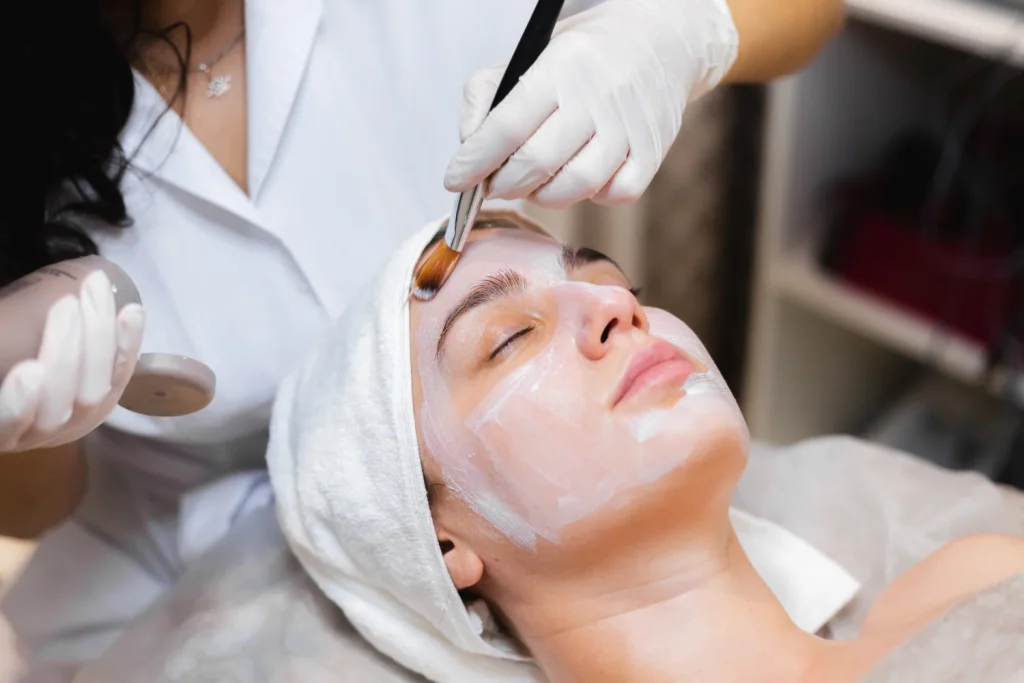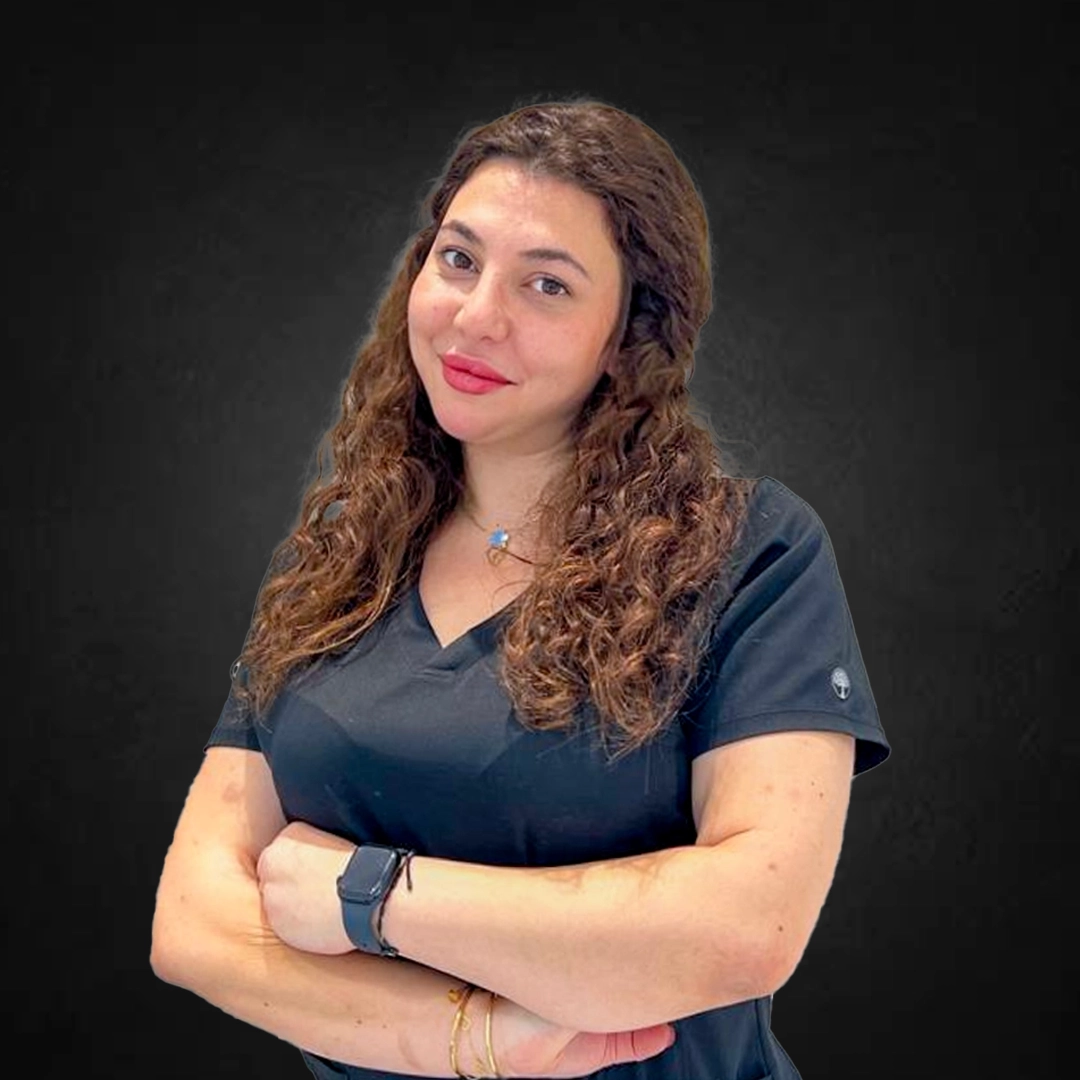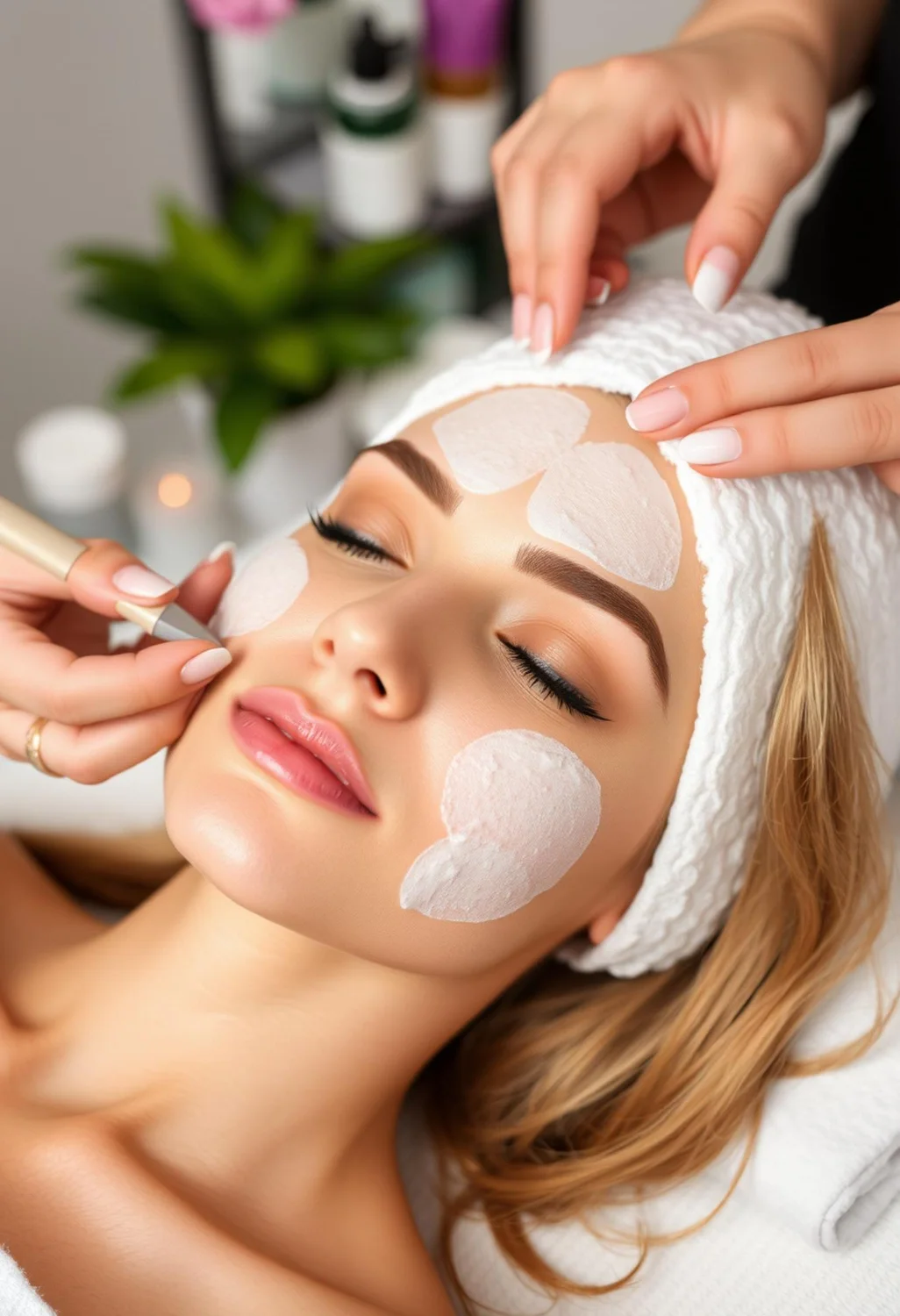Skin peels, also known as chemical peels, are cosmetic treatments that enhance skin appearance and texture by applying a chemical solution to remove damaged outer layers of skin. They can address various skin concerns, including fine lines, acne scars, sun damage, and uneven skin tone.









